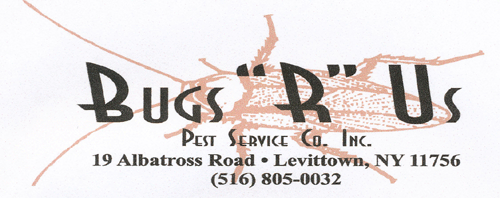Avg size: 3 millimeters to 1 centimeter long.
Color: Colors vary based on the role they perform. They generally range from translucent white to gray or brown with the head being a darker color than the body.
Physical Description: Termites bodies are soft and often appear pale or translucent. Their heads are large and hard with 2 long pincers used to tear wood and plant material. Many termites also have a set of front wings as well.
Termites pose no health risks to humans but cause severe damage to structures. Termites digest cellulose, which can be found in wood, paper products, silicone rubber and other building materials.
Signs of an Infestation
Because termites tend to remain hidden, it is often difficult to discover them before a serious problem has occured. Often, termites are first noticed once they have breached the exterior of the wood, as they tend to eat from the inside out. Other signs of a termite infestation include: cracked paint, hollow wood and mud tubes(tunnels comprised of mud, dirt and termite droppings used for hiding and transportation.)
Removal
There are a variety of termite-resistant building materials, but termites may still penetrate these measures. Once inside, it is most important to destroy the colony. This can be done with baits, insecticides or dust toxins. The application of these toxins is highly specialized and requires a trained professional. Even after the colony has been destroyed, it is important to find any entry ways used by the termites and repair them to prevent further infestation.

